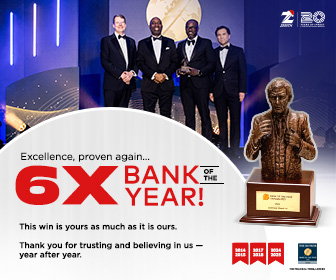The English language has become part of the heritage of our colonial experience: as the language of formal education instruction, medium of official government communication, a lingua franca in our multi-lingual setting, it has undeniably been a key component of the broadcasting industry in Ghana over the past nine decades.
Mindful of the fact that Ghanaians are not native English speakers, conscious efforts have been made to ensure that news readers/casters are trained to stay as faithfully as possible to the use of Standard English in terms of pronunciation and other basic essential requirements in international broadcasting practice.
News reading, radio
The human voice is very much employed to capture the imagination of listeners, paint mental pictures and impressions, in addition to producing special effects intended to give substance and reality to the information being disseminated to listeners.
Correct, clear articulation of words, pauses, inflexions, correct grammar and other technical elements such as tone of voice, fluency, timing, all contribute to the integrity of effective radio news presentation.
These are important hallmarks because news reading in most cases is done in real time, and it is not for nothing that news readers are required to have sufficient time to read through the script before going on air, except of course in emergencies, in what is termed breaking news.
GBC has over the many years of its dominance of Ghana’s airwaves produced an array of news readers who have been highly rated in any part of the English-speaking world.
Talk about John Hammond, Robert Owusu, David Ghartey-Tagoe, Kwame Amamoo, Vida Koranteng-Asante, Vincent Assiseh, Richard Kotey, Sam Yeboah, and these ring loud bells in the corridors of the hall of fame in the country’s premier broadcasting house.
Fast forward, Edward Faakye, Emelia Elliot, Genevieve Nylander, Isaac Anthony, Esther Asinor, Daniel Adjei, Beatrice Aidoo, Asher Johnson, Barima Ohemeng Kwatia, Kwabena Nimo and Peter Clottey are among the household names in the fraternity of radio news readers.
They have walked closely in the footsteps of the above pacesetters and registered a tremendous impact on radio listeners.
Readers on television (newscasters) combine voices and visuals in the news presentations, thus enabling viewers in most instances to become eyewitnesses of events from safe distances through camera lenses, live reports or voice-overs.
Sometimes, a newscaster’s reaction to a particular story or event may be gauged from the reader’s body language, tone of voice or facial expression, though this may be the exception rather than the rule, since the individual is not expected to demonstrate emotional involvement in the situation being related to viewers.
Most of the pacesetters on the radio also featured prominently as newscasters at different periods. Notable personalities who have carved a niche for themselves include Ebenezer Ampaabeng, Titi Anepe, Tina Moses, Dan Eshun, Benny Owusu Antwi, Selma Valcourt, Gifty Anti, Barbara Gaisie, Joycelyn Anoon, Akushika Acquaye, Francisca Ashietey-Odunton and Kate Addo.
Technology
Technology has introduced many electronic gadgets that have imposed the need for radio and television news readers to keep pace, and quickly too, with the fast-changing trends in the world of broadcasting, for example, in conducting real-time interviews, situational reports and discussion of trending topical issues.
Regular periodic training programmes are imperative in sharpening the skills of radio and television personnel in the various departments.
Despite the fierce competition from the private broadcasting media, GBC remains relevant.
The writer is a retired educationist.
E-mail: josephamuah349@gmail.com

